Have you ever found a note with something vintage that tells about its history? This butter bowl came with a note from the owner, identifying it as yellow ware from the 1880s. There were also instructions for fixing the crack in the lid with plaster of Paris and clear nail polish. I have no opinion on fixing the crack, but after some rabbit hole sleuthing, I do know that the butter crock is not from the 1880s. It is from about 1915 and is part of the Brush-McCoy Dandy-Line of kitchen pottery.
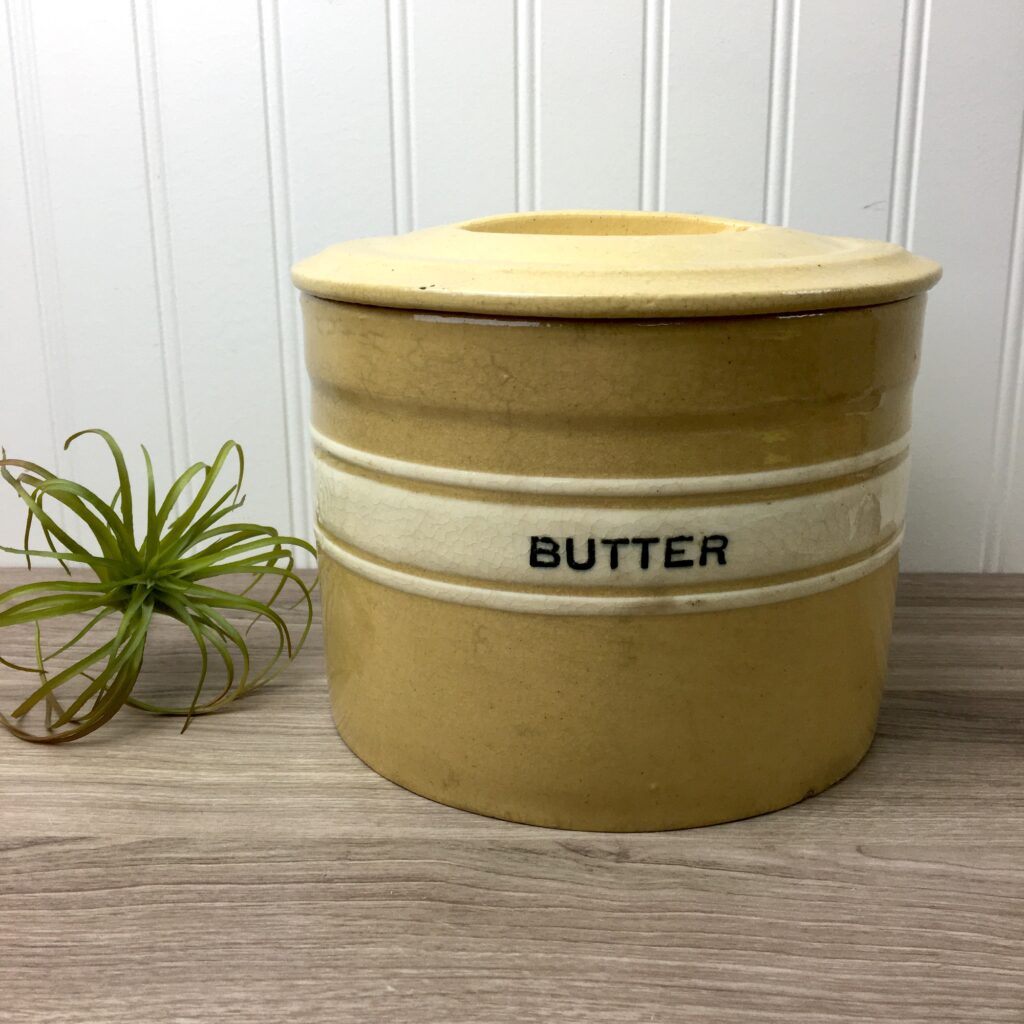
It’s not surprising that the owner might have thought it was an older piece. Dandy-Line pieces are not that well known or common today. The Brush-McCoy Pottery company of Zanesville, OH only lasted 14 years, from 1911 to 1925. Dandy-Line was fairly early in the company history. If this “advertorial” from Crockery and Glass Journal, Vol 81 (1915) is any indication, sales were so good after the original introduction that Brush-McCoy expanded the line.
Ultimately, Dandy-Line included canisters, the butter bowl, the salt box and spice jars, all printed with name for the contents in the white band; a set of 11 mixing bowls, a pitcher and a custard cup all with the white bands; and a plain yellow pie baker, rolling pin and set of nappie dishes, according to the McCoy Pottery Collectors Society web site.
Finding Dandy-Line
There are not a lot of Dandy-Line pieces out there. Possibly because unlike a vase that lives safely on a shelf, it was utilitarian ware that was well used and ultimately viewed as shabby and disposed of. The pieces that are out there all seem to be quite worn, which is not a flaw in this vintage lover’s eyes, but it does explain why there aren’t scads of Dandy-Line around.
Assembling a set of Dandy-Line is a true vintage quest, a zillion times more challenging than something blissfully ubiquitous like milk glass. You’re going to have to have a great deal of patience before the right piece crosses your path. To cast the widest net possible to find, you’ll almost certainly have to search online. Setting an alert on eBay might be your best choice.
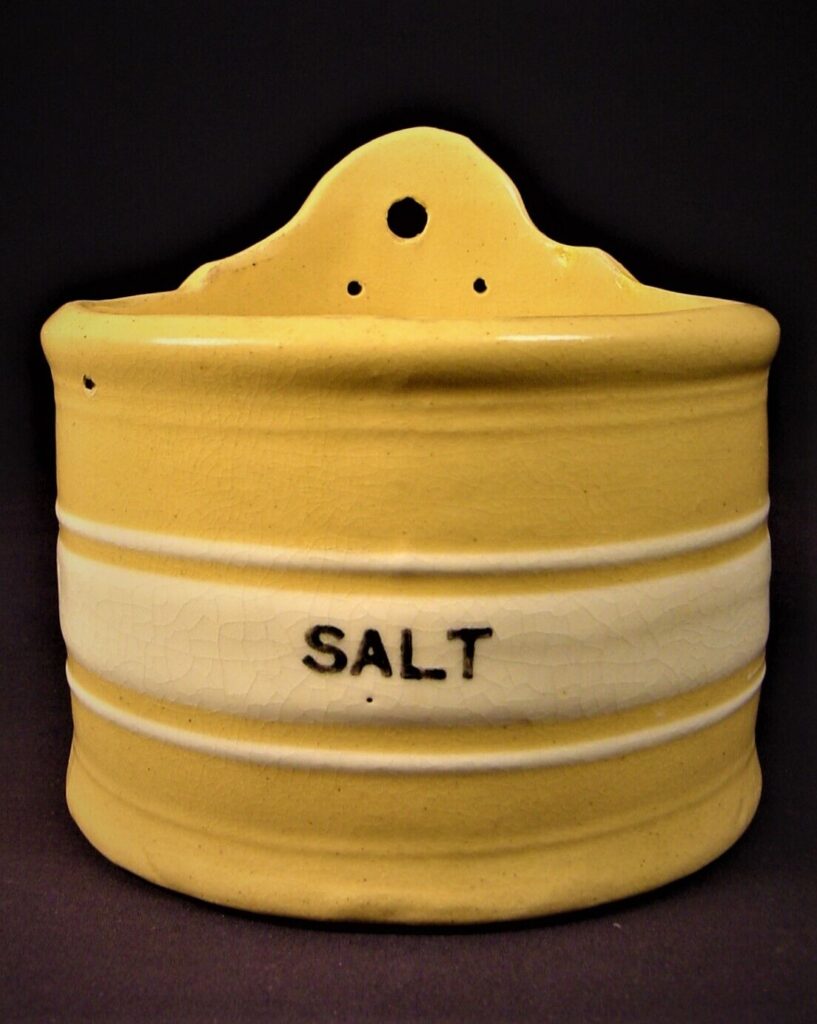
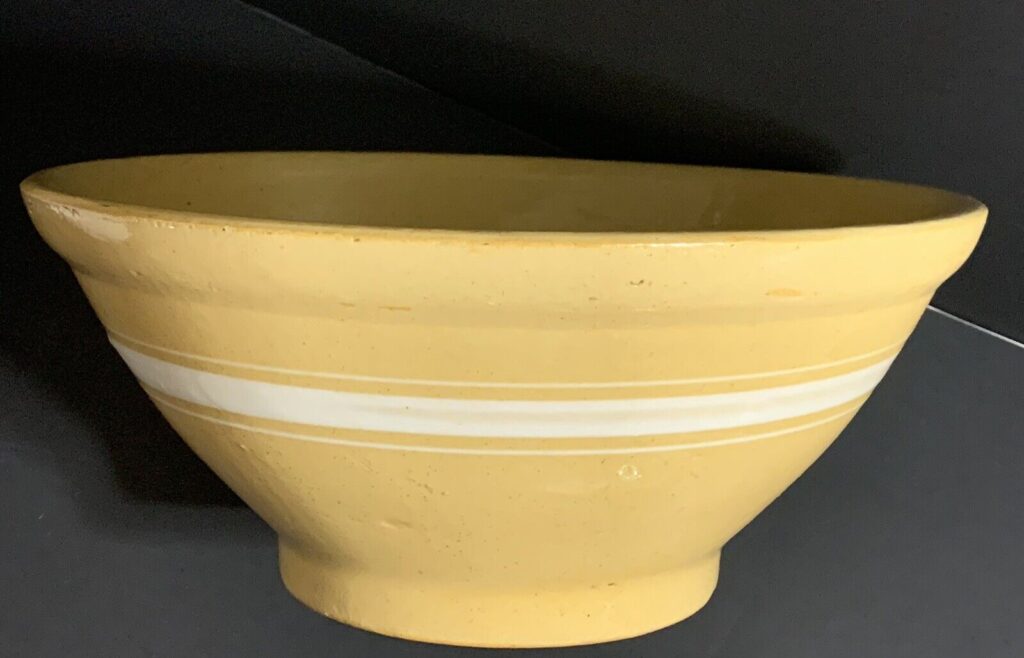
Extra Credit:
The Dandy-Line butter bowl that started this whole rabbit hole adventure is generously sized at 7.25″ diameter and 5.5″ tall, way bigger than what we would ever store butter in today. The electric refrigerators and iceboxes of the 1910s were pretty small, so it seems unlikely a crock that big would be designed to go in one.
Butter can be stored on the counter, under certain criteria according to StateFoodSafety.com. So it wouldn’t have gone against conventional wisdom at the time to keep a crock-0-butter in your pantry. But because rabbit holes in the pursuit of vintage knowledge are ever expanding, I started to wonder just how butter was made, sold and kept back then. I was unable to find anything about how butter was kept in the household, but I did find this tasty nugget about how it was kept after production. The info below is from the Bulletin of the Kansas State Board of Health, January 1911, No. 1, Vol VII (as contained in the Kansas State Board of Health Biennial Report, Vol. 6.) If you really want to keep diving, the report also contains case studies of how butter was produced as well as how the terms of the transactions between farmers and butter makers.
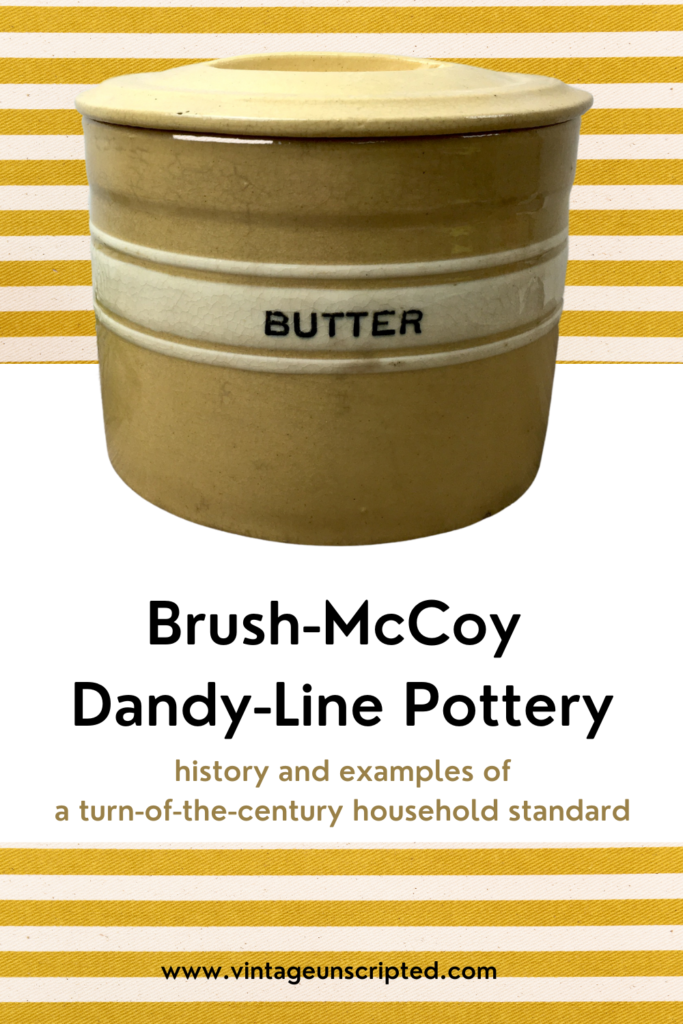

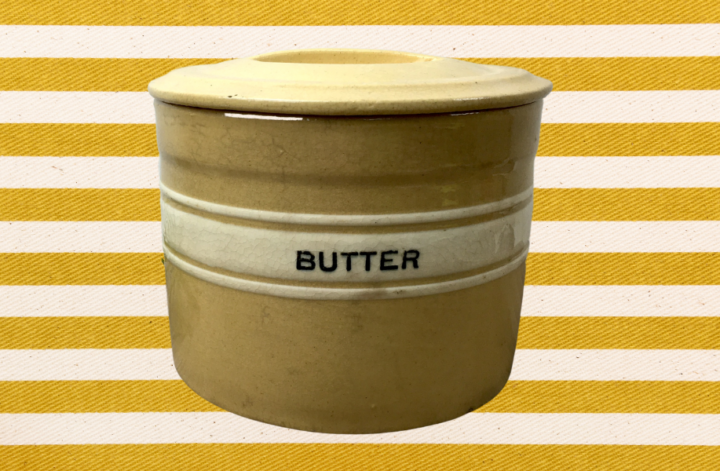
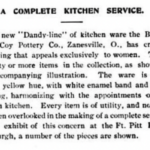
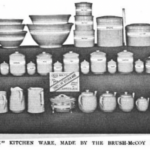

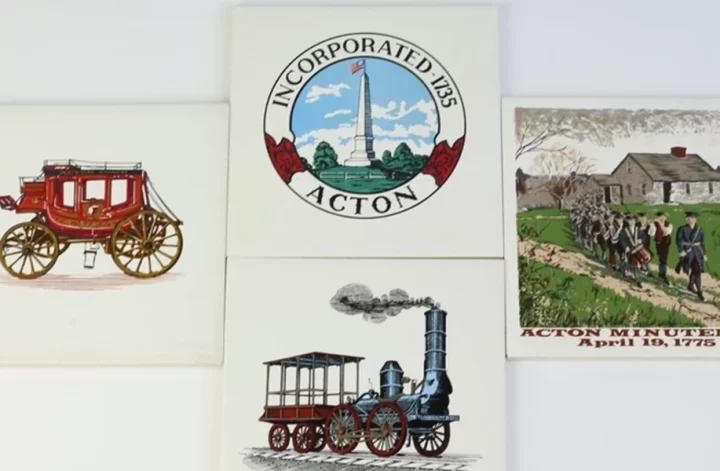
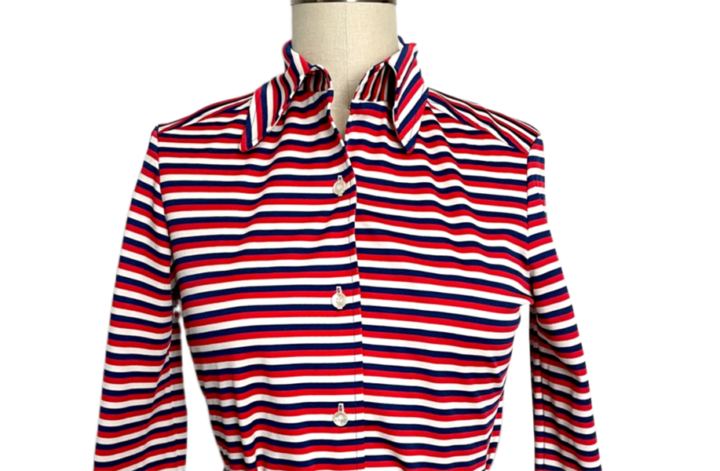
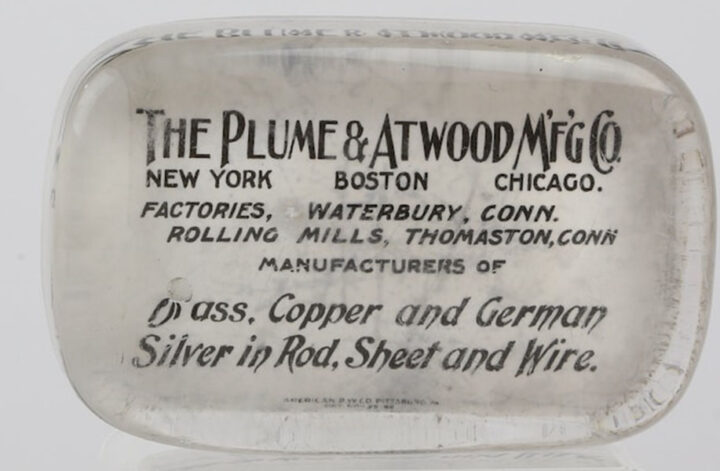
1 comment
I would like to find the lid for a bread crock in this kind. I found the bread crock this weekend in an antique shop l, but it didn’t have a lid.